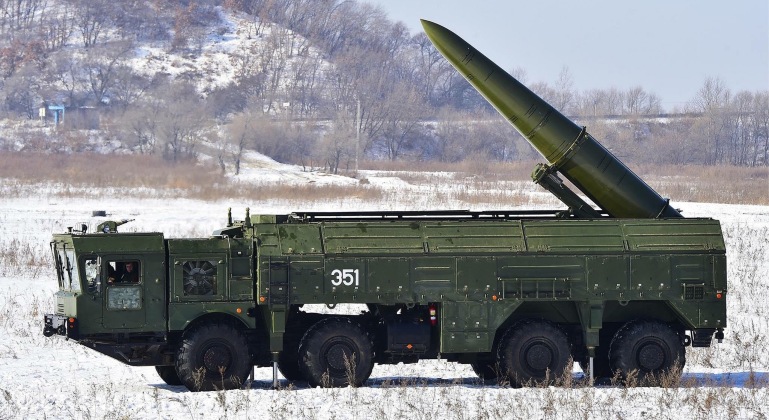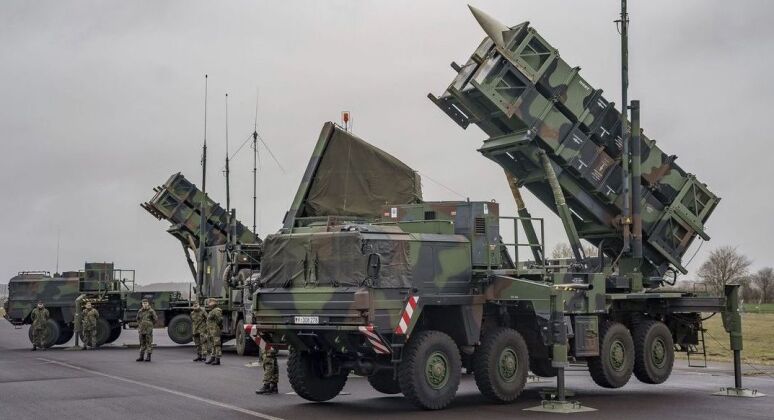The Belarusian Military has deployed newly commissioned Iskander-M ballistic missile systems for exercises, with reports of a missile strike control test exercise issued by the country’s defence ministry on May 30. “As part of a test missile strike control exercise units of the missile forces have begun to carry out training and combat tasks. A missile force unit armed with Iskander-M tactical systems is participating in the test exercise,” the ministry reported. It added that units would simulate strikes with “both conventional and special warheads” – the latter a term frequently used to refer to nuclear weapons which are now deployed to Belarusian territory as part of a nuclear sharing agreement with Russia. Mirroring agreements between the United States and European NATO member states, nuclear sharing allows Belarus to be be quickly transferred nuclear warheads in wartime from Russian facilities in the country, and stipulates that it deploy nuclear capable military assets and train its forces in nuclear weapons usage in peacetime.

Belarus was briefly a nuclear weapons state during the 1990s after inheriting a portion of the Soviet Union’s arsenals, and kept much of the Soviet nuclear weapons infrastructure intact despite pressure from its neighbours to destroy it. The first class of Belarusian operators returned from training in Russia in April, where they had learned to employ nuclear warheads and Iskander-Ms. The country is reportedly currently developing an indigenous derivative of the Iskander-M with Russian support which can be produced domestically, mirroring its development of domestic equivalents to many kinds of Russian assets ranging from tanks to air defence systems. Indigenous ballistic missiles are expected to have significantly longer ranges than the Russian Iskander-M, which was developed under the limitations of the Intermediate Range Nuclear Forces treaty, and could potentially match the range of the Iskander-M’s closest overseas competitor the North Korean KN-23 system.

The Iskander-M is a highly prized asset for Belarus’ armed forces, with an air launched derivative of the system’s 9M723 ballistic missiles, the Kinzhal, having recently demonstrated its high survivability when used to destroy American Patriot air defence systems guarding the Ukrainian capital Kiev – reportedly evading 32 surface to air rounds from the Patriot in the process. The missiles from the Iskander-M use semi ballistic depressed trajectories with 50km apogees. Their hypersonic terminal speeds of close to Mach 9, and ability to conduct extensive in flight manoeuvres, further place their flight performances far outside the parameters of systems like the Patriot to intercept. Patriot missiles have been deployed in growing numbers across Eastern Europe, while NATO’s newest member Finland is expected in the second half of the decade to be the first in the region to deploy the Patriot’s next generation successor the U.S.-Israeli David’s Sling. Efforts have also been made to provide a greater ballistic missile defence capability from the air using F-35 fighter jets, which is expected to materialise before 2030 as the presence of these aircraft in the region is also rapidly expanded. With Belarus and Russia relying heavily on systems like the Iskander to counter the much larger forces of NATO, it is expected that new generations of missiles, including more missiles using hypersonic glide vehicles that are even more difficult to intercept, will begin to enter service.
